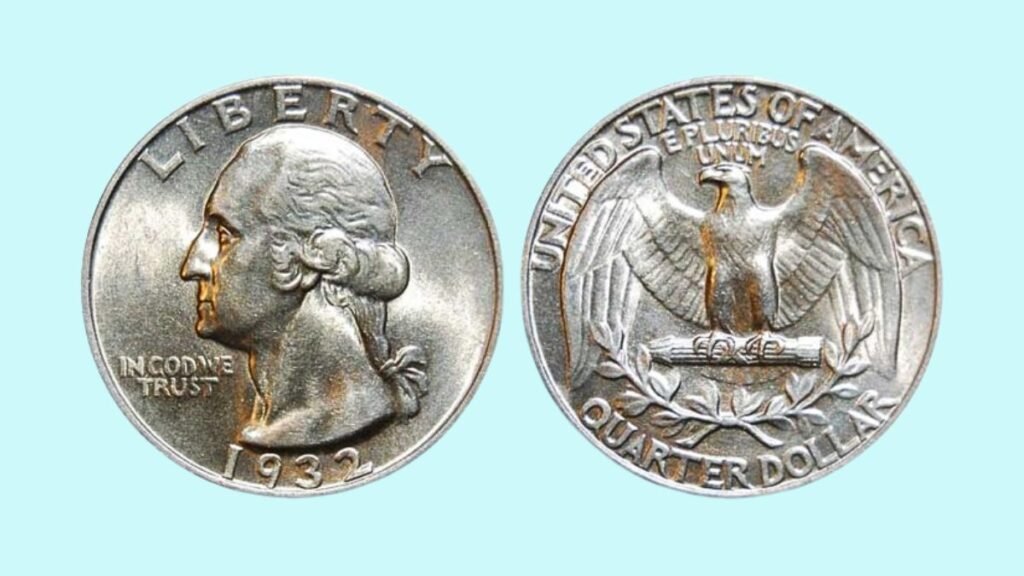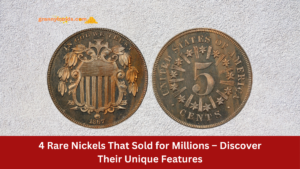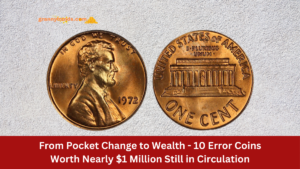The $2 bill, often overlooked and considered a novelty, has a fascinating history and can sometimes hold significant value for collectors. The serial number on a $2 bill can indicate its rarity, and in some cases, it may be worth thousands of dollars. Understanding how to look up the serial number and what it means can open up a world of possibilities for collectors and casual holders alike.
Unique Serial Numbers
Unique serial numbers on $2 bills can drastically increase their value. For instance, bills with low serial numbers, such as those starting with one or two, are considered rare and sought after by collectors.
Star Notes
Star notes are replacement bills issued by the U.S. Treasury when a bill is damaged or misprinted. These notes are marked with a star at the end of the serial number and can be worth significantly more than regular $2 bills, especially if they are in excellent condition.
Repeating Numbers
Repeating numbers, such as 12341234, can make a $2 bill particularly appealing to collectors. These notes are often considered lucky and can fetch a premium price compared to standard serial numbers.
Low Serial Numbers
Low serial numbers, especially those that are single digits, are highly coveted among collectors. A $2 bill with a serial number like A00000001 could be worth a substantial amount due to its rarity.
High Demand Years
Certain years saw fewer $2 bills printed, leading to higher demand among collectors. Bills from these years can be significantly more valuable, particularly if they have unique serial numbers or are in pristine condition.
Condition of the Bill
The condition of a $2 bill greatly impacts its value. Bills that are uncirculated, meaning they have never been used in transactions, are worth more than those that show signs of wear and tear.
Collectible Sets
Some collectors seek out complete sets of $2 bills from various years or with different serial numbers. These sets can be worth more than individual bills and can attract a premium price in the collector market.
| Serial Number Type | Description | Potential Value | Collectibility |
| Unique Serial Numbers | Low starting digits | High | Very high |
| Star Notes | Replacement bills with a star | Very high | High |
| Repeating Numbers | Identical digits | Moderate to high | Moderate |
| Low Serial Numbers | Single or double-digit | Very high | Very high |
| High Demand Years | Years with fewer prints | High | High |
| Condition of the Bill | Uncirculated vs. circulated | Varies greatly | Very high |
| Collectible Sets | Complete year sets | High | High |
Understanding these aspects of $2 bills can help you determine if your bill is more than just a piece of currency. By conducting a serial number lookup, you can unveil the potential hidden value in your possession.
FAQs
How can I check the value of my $2 bill?
To check the value of your $2 bill, you can compare its serial number and condition against online databases, collector guides, and auction sites to get an estimate of its worth.
What makes a $2 bill rare?
A $2 bill can be considered rare due to its serial number type, such as low numbers, star notes, repeating numbers, and the year it was printed. Additionally, bills in excellent condition are more valuable.
Are all $2 bills worth a lot of money?
Not all $2 bills are worth a lot of money. Most bills in circulation have face value, but those with unique characteristics or in pristine condition can fetch higher prices.
Where can I sell my valuable $2 bills?
You can sell your valuable $2 bills through online marketplaces, coin and currency dealers, or at auctions that specialize in collectible currency. Always ensure to verify the reputation of the buyer.






